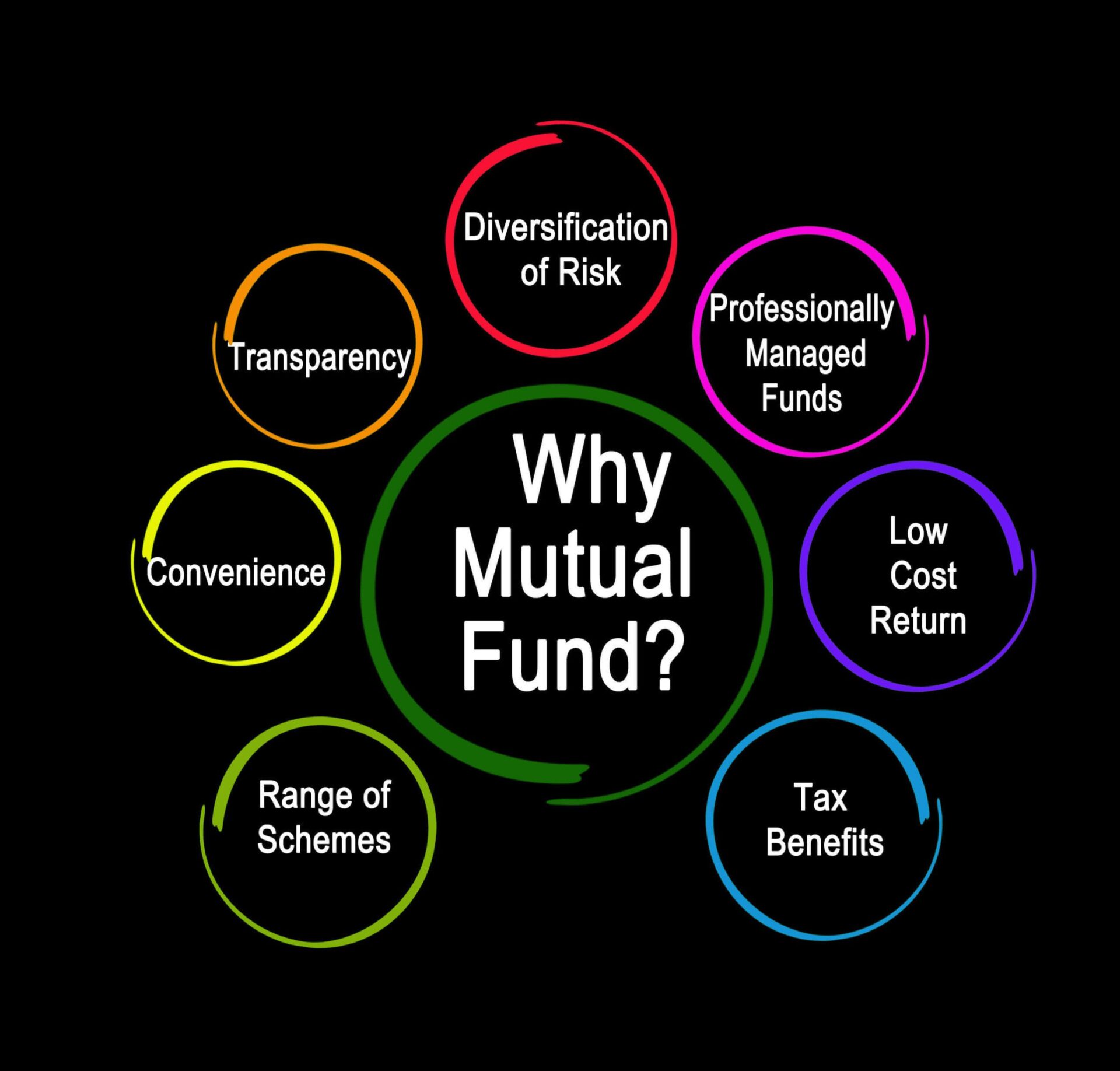A mutual fund is an investment vehicle that owns a portfolio of assets and sells shares to investors. Financial professionals establish mutual funds, manage the assets held by the fund, and attempt to generate returns for their investors. Mutual funds are bought most commonly by people saving for retirement in a 401(k) or individual retirement account (IRA), according to Brendan Willmann, a Certified Financial Planner (CFP) with Granada Wealth Management.
How Do Mutual Funds Work?
When you buy shares of a mutual fund, you’re purchasing a right to a portion of the returns earned by the fund’s portfolio of stocks, bonds, and other assets. Mutual means that you split the profits (and the losses) with the other investors in the fund, says Brandon Renfro, a Certified Financial Planner and assistant professor of finance at East Texas Baptist University.
A mutual fund earns dividends and interest from the various investments held in its portfolio. Fund managers can reinvest the profits or distribute them to their investors, depending on their strategy and overall market conditions. Managers who generate capital gains (or losses) by selling assets are passed on to investors.
Mutual also means that the performance of a mutual fund depends not only on the fund’s manager but also on the behavior of the investors. When holders sell their mutual fund shares, the fund manager may need to liquidate holdings from the portfolio. The sale of those assets could be ill-timed, resulting in losses for the fund—which may be passed on to the remaining investors.
Mutual Funds and Net Asset Value (NAV)
Net asset value (NAV) determines the price of a mutual fund’s shares. Unlike stocks, bonds or exchange-traded funds (ETFs), the price of a mutual fund’s shares don’t fluctuate throughout the trading day. Instead, it’s calculated only once a day, after markets close.
Here’s how NAV works: The total value of all assets held by a mutual fund is added at the close of trading and divided by the number of outstanding shares. NAV can also be referred to as the fund’s closing price because all orders to buy and sell mutual fund shares are executed at a price determined at the end of the trading day.
Mutual Fund Fees
The cost of owning a mutual fund includes fees, which can vary widely from fund to fund. There are two standard fees to watch out for: An annual management fee, an expense ratio, and load fees when you buy and sell mutual fund shares.
According to Renfro, you shouldn’t be surprised to see expense ratios of 1% on actively managed mutual funds. Depending on the mutual fund, the expense ratio pays the following costs:
- Compensation for the managers of the mutual fund.
- The fund’s marketing expenses are referred to as 12B-1 fees, including commissions paid to financial advisors who sell the fund to investors.
- Administrative fees and other operating costs
Not all mutual funds charge load fees—funds that do not charge load fees are called no-load mutual funds. Funds may charge a front-end load fee when you purchase shares or a back-end load fee when you sell your shares. Load fees vary, but Renfro warns they can be as high as 5.75%.
Mutual Fund Management
A manager or team of managers outlines each mutual fund’s goals and manages its investments. Managers have an outsized impact on how funds deliver returns over time—the manager of your mutual fund can make or break your mutual fund investment.
The performance of a mutual fund manager is measured against a benchmark index. For example, a large-cap equity fund manager would attempt to beat the annual return on the S&P 500. Fund managers justify their fees by exceeding the benchmark yearly returns.
